Upper Khortytsya. The Mennonites lived here
In Zaporozhye, where I was born and grew up, there is a lot of interesting things to see. And so one day, giving in to a marvelous desire, I went on a highly organized excursion from a local activist Roman Akbash on Upper Khortytsya, about which I will tell you now. The report will talk about the Zaporizhian Oak, places where Mennonites lived, Partisan Squirrel and other interesting things.
We met with other participants at the terminus of route 67 and went first to the Zaporozhye Oak. The road goes past the Church of the Protection of the Blessed Virgin Mary. The temple was built in October 2004. For it were written unique icons using intarsia technique. Images of images consist of 200 kinds of wood. With the cross the height of the temple is 33 meters, which makes it the highest in Zaporozhye. At the top is a bell tower of 9 bells, the heaviest of which weighs 300 kilograms and is controlled by an electronic system.
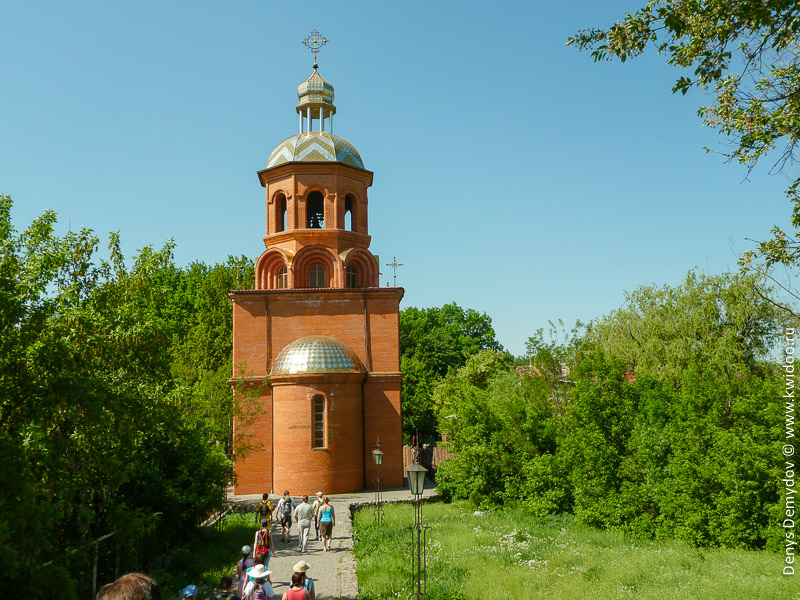
Along the path, right behind it is the Zaporizhzhya Oak, which received the title “The National Tree of Ukraine”. It is about 700 years old, and its history is full of various legends: Zaporizhian Cossacks wrote a letter to the Turkish Sultan here, and Bogdan Khmelnitsky’s troops gathered here before the War of Liberation in 1648, and the Nazis wanted to take the tree to Germany. What of this is true and what is not – is no longer known. But it is known for sure that the tree, which grew on this place for 7 centuries, in the 70s was in the prime of its powers and gave 2 times a year on 4 quintals of acorns, is now in a terrible condition and dying before our eyes for the last 20 years, since the independence of Ukraine…. Symbolic…

This is what the tree looked like in 2013. Bare branches infested with fungus and parasites. A few small leaves on one branch, tall masts that support the once majestic tree like a marionette, and drip lines through which the giant is fed with special solutions to preserve it.
When the Mennonites first came here, it rained terribly the first day. You see, colds, pneumonia, and other diseases were poorly treated at that time and in most cases were fatal, especially to children. So, according to the story, all the children and their belongings were hidden under the spreading crown of this tree, which saved them.
For now, let’s go further, to the Partizanskaya gully. At the same time, for now, I will tell you who the Mennonites are and what they did on the territory of modern Zaporizhzhya.

Who are the Mennonites? It’s a denomination of Protestants. Just like, for example, Baptists or Puritans. Contrary to popular belief, they are not a people, just a religious movement. Just as the name Mennonite Germans is not accurate. The movement originated in the Netherlands, and they are rather descendants of the Vikings. They came from the territory of Prussia, and it is difficult to say exactly where from now. There were Germans, and Poles, and Swedes, and Dutch…..
Why were they called Mennonite Germans? There are several possibilities. The most likely one is that it does not mean a German as a German, but a foreigner. In Ukraine at that time any foreigner was called a German. So it turns out, a stranger, a religious Mennonite. After all, the first Mennonite settlements settled in the territory of modern Ukraine.
[quote]We call anyone from a foreign land a German, even if he is a Frenchman, or a Cesarean, or a Swede – everything is German.
N.V. Gogol, “The Night Before Christmas.”
Religion did not allow them to keep arms and fight, which did not please the then rulers of Europe, which was torn by wars and conquests, and colonial wars in India, Africa and the New World…Then Catherine II thought of a way to lure them to her: she gave them land and the right to live in peace, farming, without compulsory military service
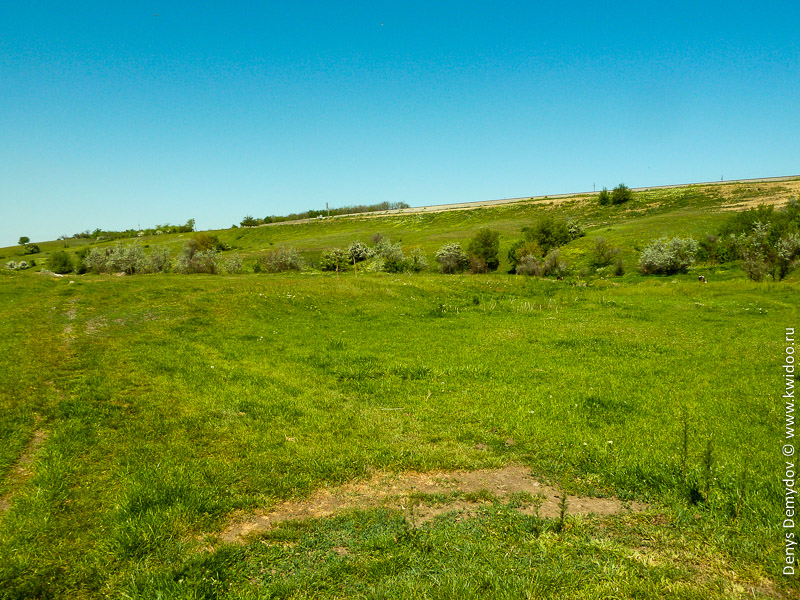
So, we came to the Partisanskaya gully. Contrary to popular opinion, the name and love to organize here the reconstruction of the liberation of Zaporozhye, there were no partisans in this place and could not be. It is enough to have at least a drop of brains to understand how many minutes the partisans would live in a completely open area, around which there is a wonderful embankment, from which they can be easily shelled.
The gully is incredibly wide – 3 kilometers. The Khortichanka River, a tributary of the Upper Khortytsa River, takes its place on its slopes. At this time it almost completely dries up, and local sheep happily pile it with garbage, plastic bottles and other wastes of their life, from which the stench spreads quite far. The Upper Khortytsa River is little known, although it gave its name to Khortytsa Island. Moreover, it was the place where princes gathered before going to the battle to the Kalka River (where, unfortunately, they were defeated by Mongolian troops).
Придоша къ рѣцѣ Днѣпру, ко острову варяжьскому, И пріѣха ту къ нимъ вся земля половецкая, и черьниговцемъ приѣхавшимъ и кияпомъ и смолняномъ, и инѣмь странамъ; а галичане ѵ волынци кийждо со своими князьми, а куряне и трубчане и путивлици и кийждо со своими князьями, придоша коньми, а вы- гонци галпчькыя придоша по Днѣпру и въидоша въ море; бѣ бо людей тысящи, и воидоша въ Днѣпръ, и возведоша порош, и сташа у рѣки Хорътицѣ на броду у протолчи.
As we can see, the island itself was still called Varangian at that time. Much later, in the Book of the Big Blueprint (1552 – 1600) the island is called Khortytsya.

When Mennonites settled here, the ravine was still called Kaidatsky. The colonies of Rosenthal and Khortitsa were built nearby.
At the beginning of the XX century the Second Catherine railroad was laid here. It was to be laid through a ravine, where the height difference is up to 80 meters. The contractors were Mennonites. They, thanks to their diligence, did a grandiose work. An embankment was built around the gully and the track was laid.

However, during construction they faced the fact that water accumulating after rains and snow melt could start to erode the embankment. The solution was as follows: five tunnels were built at precisely calculated locations to drain the water.
There are also various legends about tunnels: they were built for the passage of tanks during the World War II. However, this is not true. The purpose of the tunnels can be easily seen during the rainy season or in spring, after the melting of snow, when it is virtually impossible to pass through them due to water flows.
However, some tunnels are indeed so wide that heavy armored vehicles can drive through them. In the gully itself there are two lakes, the purpose of which has remained unchanged. Cattle drink water from it. Sometimes Zaporizhzhya residents come here to rest.

Mennonites were very dynamic in their community. Brickyards, factories, schools, kindergartens, hospitals. All of this was actively spreading on Upper Khortytsya, but underwent several severe blows that dashed hopes. First, almost 100 years after the first Mennonite settlements, the Russian Empire issued a decree on the military obligation of foreigners, which did not comport with their religious views and caused many to emigrate. Second, robberies terrorized the locals, who refused to hold guns, making easy prey.
And finally, the Red Plague came here, persecuting and repressing Mennonites for their religious views, and finally beginning mass shootings in the 1930s. All of this was reflected in increased emigration from this land.
This is the end of our acquaintance with the girder and we went further, but before continuing the story, I will show some more photos. The nature here is really beautiful and untouched by man, you want to look and enjoy the beauty.
So, let’s move on. We were going to look at the buildings that were built on Upper Khortytsya by Mennonites, when suddenly we found an ancient Jewish cemetery. About 20 tombstones, dated 1880 – 1920 years, most of them fallen down. The tour guide suggested that they were unkept, as the people laid to rest there may have been excommunicated or something. After all, Jews take good care of such burials. However, I have found what I think is a more realistic explanation. The fact is that according to the Torah, one is not allowed to touch a tombstone, only to care for it and wash it. This easily confirms that the fallen monuments are cared for, although they continue to lie.
In the 90’s they were being torn up by black diggers in search of gold. Plus, the changes in the relief (the difference is clearly visible to the naked eye, as over the last century it has become sloping). So it turns out that the Jews take care of the graves, most likely, but do not restore the monuments.
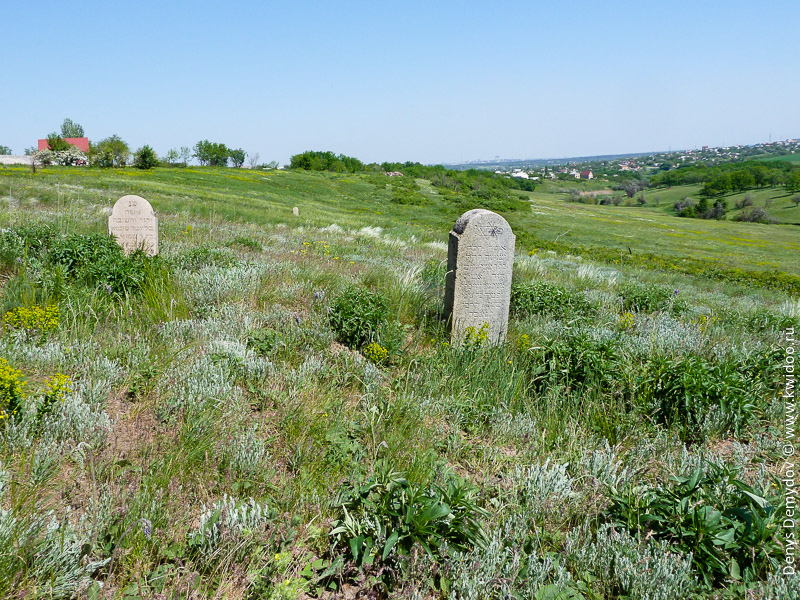
But back to the Mennonites. As I said, they built well, developed their settlements, and in principle, everything was not bad until the arrival of Soviet power.
You want to see some architecture? Here’s the Jugendstilstyle Wahlman Castle. It was built as a kindergarten for Mennonite children. It is unique in that none of the sides of the building is the same as the others and is unique.
Andreas Wallmann was a Mennonite industrialist. His factories were the main industrial facilities of Upper Khortytsia. Katrina, his wife, built this building, trying to make something interesting for children. Nowadays it houses the district education department, and its condition is terrible. It has not been restored, and it is still alive only because of the pedantry of the Germans, who built it to perfection.

Nearby is another interesting building from 1913. Now it belongs to school No. 81, and it used to be the “Lerer Seminary”, a teacher’s seminary where they trained teachers for schools. Also in poor condition, but also interesting in its appearance.
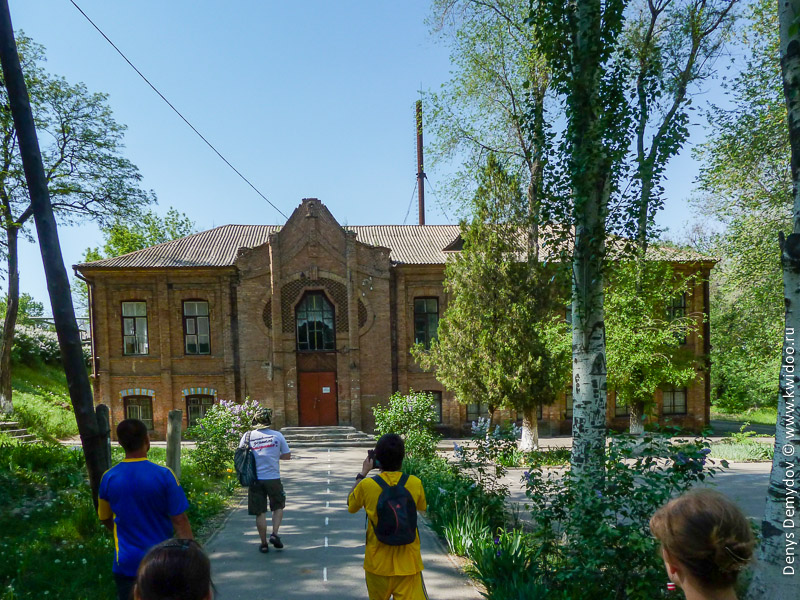
What do you think of the other building at school 81? Yeah, yeah, that one. It’s a gorgeous building with its own history. Its purpose when it was built was as a girls’ school (Medchen shule). Here, in 1910, the first community of nature protection was founded. During the Soviet Union it was a sobering-up center. And now it’s a school.

And its downside.
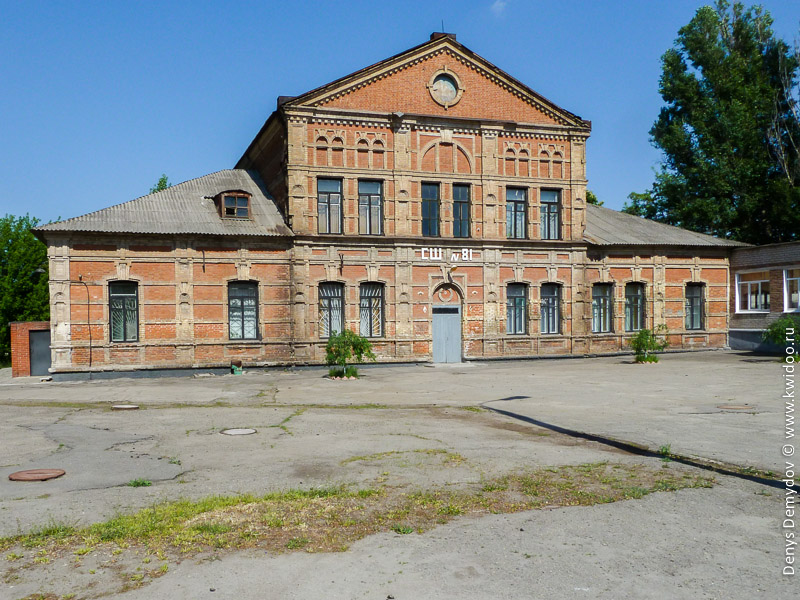
As I have already recalled, the Mennonites suffered greatly from the Soviet occupation. The factories were closed and taken away, as were all the businesses that had existed under Tsarist Russia and the UNR. The inhabitants were persecuted for religious reasons, with repressions and shootings.
When the war broke out and the Nazis came here, the Mennonite Germans, who had the appearance of the Nordic race for the most part and spoke excellent German, claimed to be Germanic. Most were taken to the territories occupied by the Third Reich, but after the war, according to an international treaty, all citizens of the Soviet Union were sent back to the USSR. This fate also befell many Mennonites … Which did not have a very good effect on their future.

This became the idea for the construction of a monument to the Mennonites – victims of Stalinist repressions – in the park of Verkhnyaya Khortytsya.
That was the end of the tour. It was incredibly interesting, but I still recommend walking on your own, as there is a lot of information on the Internet. At the same time, you won’t have to collect the heads of your excursion companions in the camera frame, as I had to do.
And as usual, if you have any tips or comments on the article – be sure to write in the comments, I’d love to hear them!










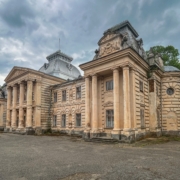

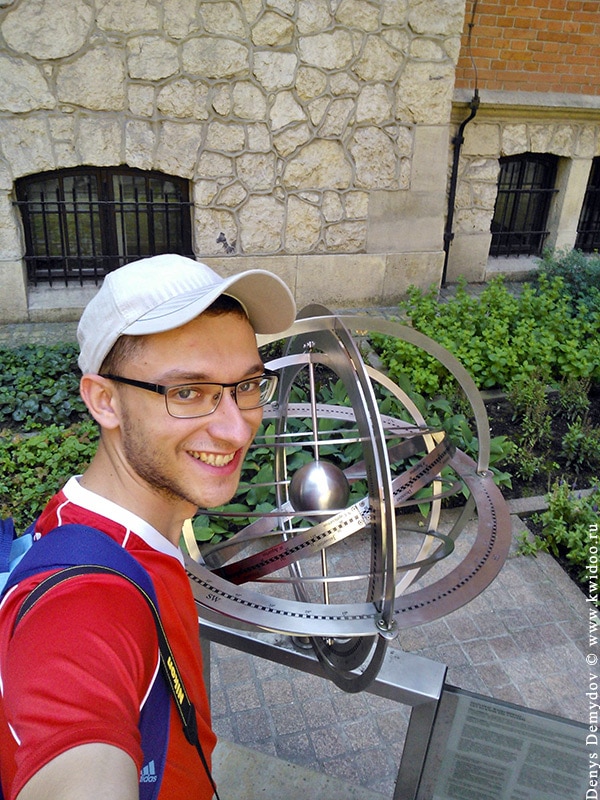


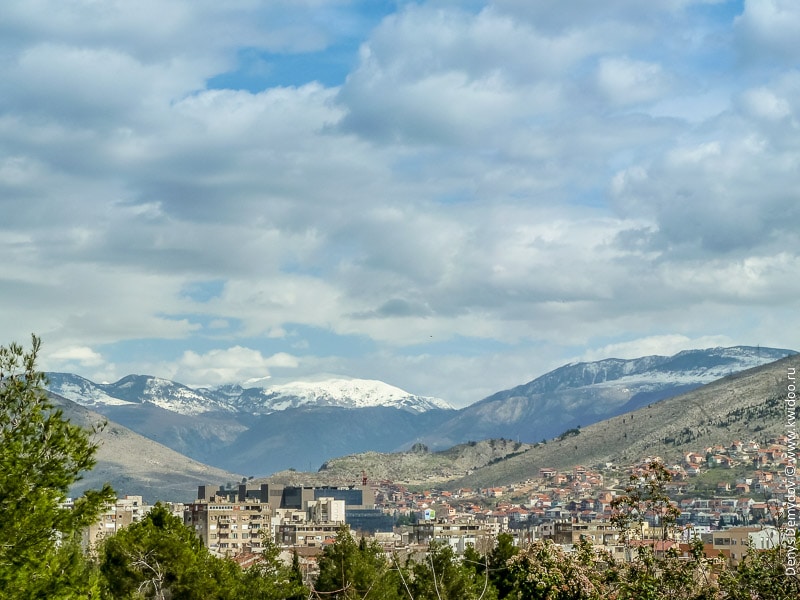
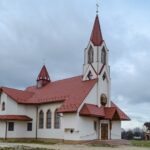
Leave a Reply
Want to join the discussion?Feel free to contribute!